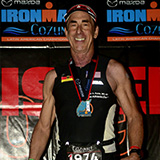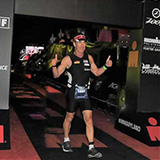Regenerative Orthopedics might not be as well known as they should be, but they can have an incredible impact on your life. When your tendons and ligaments hurt or are otherwise injured, it can take an awful toll on your life. Pain in your ligaments and tendons can make any physical activity more difficult: getting up, sitting down, walking and everything in between. Regenerative Orthopedics are a great way to not only heal your wounded ligaments and tendons, but they are a way to do so without having to get surgery. At OrthoRegen we can help you to live free from the ligament and tendon pain that is putting a damper on your life.
How Regenerative Orthopedics Work
Regenerative Orthopedics target the painful and injured joint structures. Prolotherapy, PRP, and Stem Cell Therapy stimulate the body’s natural healing cascade, boosting the ability of the body to regenerate and repair. The treatment helps your body to make new cells. See, tendons and ligaments tend to not have the best circulation. That means that they don’t get the blood supply that other parts of your body might. And healing nutrients are in your blood. By encouraging the supply of these nutrients, your body is able to heal more quickly and completely. Instead of being outside of the circulation, or cut off from it, suddenly the area of your body will be awash in these nutrients. Then, the area will be able to heal. Even better, it will be able to heal using the body’s own natural, organic methods.
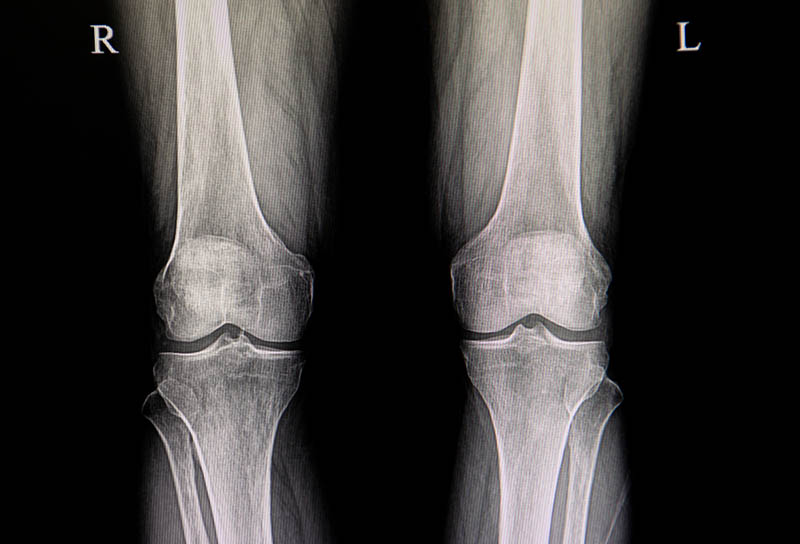
Safe and Secure
It’s perfectly understandable if you read the above section and thought something like: “Wow, that sounds effective.” But is it really? At OrthoRegen, we’ve been helping people with joint pain and injury for quite some time. We know how to administer Regenerative Orthopedics by using the Gold Standard of care. With effective treatment, you always want experience! Our practitioners have many, many years of experience in administering Regenerative Orthopedics, such as Prolotherapy, PRP, and Stem Cell Therapy.
We will do everything possible to make this treatment as non-invasive, and make the experience as positive as possible. In addition to being a non-invasive alternative to surgery, this treatment also features an alternative to general anesthesia. You never have to “go under” or anything like that. We will use a local anesthetic to help provide comfort during the procedure. Regenerative Orthopedics effectively provides you with the pain-free results you want, because it strengthens your ligaments and tendons, and gets you back quickly to the activities and sports you love.
In Only a Few Treatments
If anyone says something like, “You only need one Prolotherapy treatment to get the maximum benefit,” they are not telling the whole truth. Sure, sometimes people get better with just one treatment. But it is important to understand that a reputable practitioner will tell you that the average number of treatments are 4-8 treatments sessions for proper healing. You have most likely been suffering with pain for a long time, and the problem did not just develop overnight. In the same way, the body, and specifically the ligament and tendon injuries, will take several months to fully regenerate and heal.
It’s important to note that, in addition to helping your ligaments and tendons, there are no real negative side effects to Regenerative Orthopedics. They benefit your body, without detracting anything from it. They heal and repair, rather than weaken the soft tissue. We mention this because we often have patients say something like, “How are these different from cortisone shots?” Well, you could get cortisone shots and they might be “effective,” but they are only a temporary, short-term, interim solution. Study after study has shown that the effectiveness of cortisone may diminish, and can even weaken the soft tissue eventually.
For many people, this might be the first time you are hearing about Regenerative Orthopedics. We have several satisfied client testimonies that you are welcome to read and watch. Please call us if you have questions and if you would like to set up a consultation. Our phone number is 310-453-1234.
At OrthoRegen, we treat many joint injuries with Regenerative Orthopedics. These therapies, include Prolotherapy, PRP, and Stem Cell Therapy, and are effective for pretty much any joint of your body where there is a musculoskeletal injury. When you contact us, we’ll be happy to give a recommendation as to whether you are a good candidate for this non-surgical option. From there, we’ll figure out the right kind of Regenerative Orthopedic treatment option for your exact problem, to effectively repair your joint, and get you back quickly to the activities you love: Pain-free.
Better than Surgery
Many of our patients come to us when they’ve been told by someone else that it’s time to get surgery to fix their problem. Maybe they have lasting shoulder pain, or there’s a pain in one or both of their knees that just won’t go away. However, that doesn’t mean that surgery has to be the answer. In fact, Regenerative Orthopedics is almost invariably a better option. Not only can these treatments be more beneficial, but they also have much less down-time and recovery time.
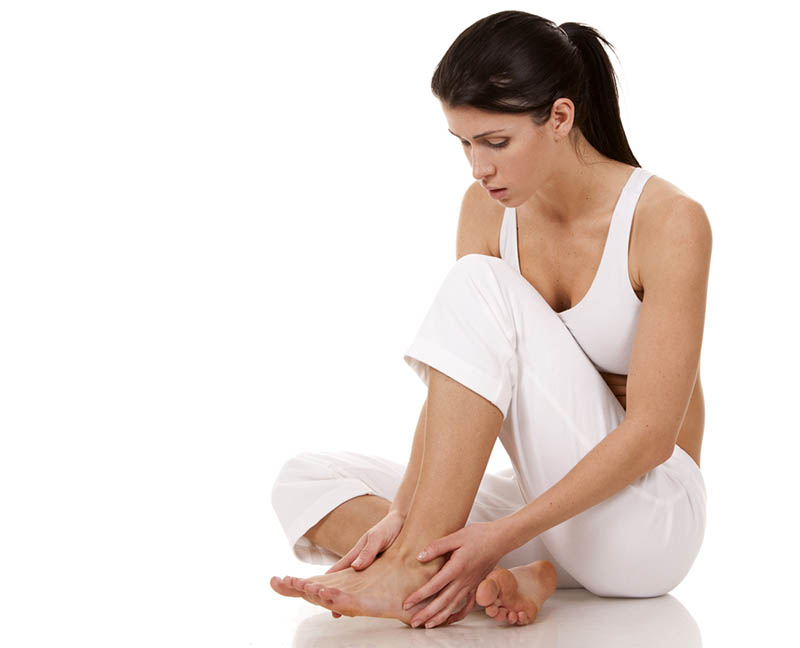
When you need surgery, you’re probably already in pain. After the surgery, you’re likely to be in plenty of pain, and then you’ll have to recover, possibly go through physical therapy, and so much more. The prolonged recovery time can cause you to be less effective at your job, or possibly even make you take time off. With Regenerative Orthopedics, you won’t need to take all that time off for recovery. Over the course of just a few Regenerative Orthopedic treatments, most people note improvement, and before you know it, you’ll be returning to the things in life you enjoy.
PRP
The “PRP” stands for “platelet-rich plasma,” and is one form of Regenerative Orthopedics. Like so many of our other treatments, this really just uses what’s already in your body to treat you. In the case of PRP, we utilize your own blood to help your body recover. See, these platelets in your blood contain “growth factors,” which means that they can help get soft tissue repairing as it should. For many of our patients, that’s exactly what they need to repair the damaged soft tissue areas of their bodies.
The blood is centrifuged in a special way to cause the plasma to be rich in platelets or have a high concentration of platelets. So, the PRP we inject into the injured area is practically overflowing with growth factors. Then, this injured area of your body that’s been starving for tissue growth gets a giant helping of it. The more platelets in the damaged area, the faster and more completely your tissues will heal.
This is a treatment that’s been proven to be effective in joints all over the body. Many of our patients with hip labrum problems or knee meniscus injuries have responded wonderfully to this form of treatment, once again able to do the activities and sports they love. When joints are injured, it’s amazing how difficult simple motions are. You will be relieved to be able to walk, sit, or just use your knees and hips again without pain.
Dextrose Prolotherapy
For many, this is known as the “original prolotherapy.” When Prolotherapy began in the ’30s, this was the form it took. Think of your body as a machine. In order for the body to heal the parts of the body that need healing, it sometimes needs a boost. Especially, difficult to heal areas like ligaments and tendons that naturally just do not have a great flow of blood. Prolotherapy is a Regenerative Orthopedic therapy that can cause the body to kick into high gear and boost the healing cascade in order to stimulate blood flow and repair the soft tissue parts of your body that have been injured.
With this form of Prolotherapy, we inject the soft tissue parts of the joint that have been injured. Then, the blood and healing factors rush to heal the areas that have been damaged. We cause a very temporary and low-grade inflammation which makes your body spring into action. It’s important to note that this is a normal part of the healing process. Utilizing a local anesthetic, we make sure that you’re always comfortable during the treatment process.
Stem Cell Therapy
In cases of severe degeneration or in certain joint injuries, we may recommend Stem Cell Therapy. We have great success with Stem Cell Therapy because we use the Gold Standard in Stem Cell Therapy utilizing Dextrose Prolotherapy, PRP, and stem cells from both fat and bone marrow. Just because someone has told you that you need surgery, remember that there are other options available.
These various Regenerative Orthopedic options are very effective at returning you to a vibrant and pain-free life again. Contact us today for a consultation at 310-453-1234, and we’ll be happy to let you know which of our treatments are right for your body.
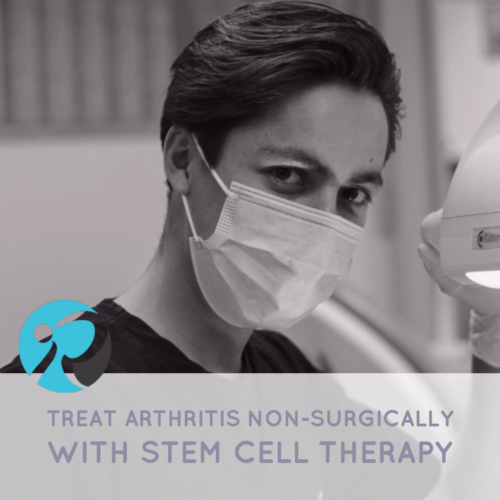
Avoid Joint Replacement With Stem Cell Therapy
Joint Replacement Is On the Rise
Joint replacements are on the rise. They have increased so much that, in the last ten years, knee replacements have more than doubled and hip replacements more than tripled. i As life expectancy increases, this number will continue to go up.
Arthritis is the most common cause of chronic knee and hip pain, and this condition eventually leads to joint replacement.
Traditional Therapies for Joint Pain
The goal of traditional therapies is to decrease pain and improve function. Treatments, such as weight loss, exercise, physiotherapy, bracing, and orthotics, may help temporarily. But they are unfortunately unable to actually repair the joint instability or the source of pain.
The increased mechanical stress caused by injury to the ligaments, meniscus, labrum, and other joint structures, changes the way the joint functions. And that makes the joint unstable and even more susceptible to further soft tissue injury.
What Is the Result of Joint Instability Left Unrepaired?
When left unrepaired, the long-lasting effect of continual joint instability is arthritis. Again, many conventional treatments do not last in providing pain relief because they fail to repair the instability. And they are also unable to prevent the eventual joint replacement. The road to arthritis, and the ensuing joint replacement, can only be remedied when the problem of joint instability is addressed.
NSAIDs (non-steroidal anti-inflammatory drugs) and corticosteroid injections are conservative, non-surgical therapies generally recommended initially for pain alleviation. And although steroid injections and NSAIDs have been shown to be effective in decreasing inflammation and pain short-term, they do not reverse the disease.
But they do inhibit the properties of healing. And that’s important to realize! For this reason, their use is cautioned in those who have joint injuries and arthritis. Interestingly, NSAIDs and corticosteroids have no beneficial effect on articular cartilage in arthritis. But instead, they accelerate the very disease for which they are most often used and prescribed. And they are a catalyst towards joint replacement.
Did Researchers Just Find Out That Corticosteroids, Like Cortisone, Are Bad for Soft Tissue Healing?
It is interesting to point out that not long after doctors started injecting cortisone and other steroids into joints way back in the 1950s, reports of terrible joint diseases were already surfacing. And even back then, their intra-articular use was discouraged. Corticosteroid injections accelerate cartilage degeneration and joint destruction. Today, despite the dangers, cortisone use is widespread and has become the standard of care.
What about the popular use of hyaluronic acid injections for joint pain? Unfortunately, those who do find some pain relief from hyaluronic acid, generally only experience short-term results. The use of hyaluronic acid injections, like Synvisc, are frequently designed to delay the inevitable joint replacement. Even the seemingly harmless RICE (rest, ice, compression and elevation) protocol has been rescinded by its author due to its detrimental effect on healing.
Does Arthroscopic Surgery Prevent Joint Replacement?
An attempt to eliminate pain or a painful area by the arthroscopic shaving, cutting, or removal of tissue will only delay the pain for a few years until the remaining tissue becomes degenerated. And arthroscopy is a direct assault to the joint tissue. Arthroscopy, like the aforementioned treatments, may give some temporary relief of symptoms. But in the long-term, they will destabilize the joint and boost degeneration.
In the long-run, these surgeries can lead to even more surgeries and the eventual joint replacement. Athletes, who have surgical repair of injuries, like an ACL tear for example, have a low rate of return to sport, and a high rate of new injury. Surgery makes joint instability worse, not better.
Many surgeries such as labral repair and ACL reconstruction can provide remarkable short-term pain relief. However, the replacement material will not function long-term like the original. And ACL grafts and labral repairs with titanium tacks just do not have the same pliability as the original tissue. They cannot restore the joint back to normal. Eventually, they will cause problems.
The athlete or any joint pain patient must realize that with each procedure and each shaving or cutting of tissue, NSAID prescription, or corticosteroid injection, the risk of developing long-term arthritis and the eventual joint replacement is greatly increased. The key to keeping the joint strong is to stimulate the area to heal.
Regenerative Orthopedics Using Stem Cell Treatment Repairs the Joint
Regenerative Orthopedics stimulates healing and repairs the joint, rather than interfering with the normal healing process of the body. At OrthoRegen®, we use the Gold Standard in Regenerative Orthopedics. And we use Stem Cells from bone marrow and from fat. Both are excellent sources of Stem Cells.
PRP is then used to stimulate the growth of these Stem Cells and to repair the ligaments inside of the joint. The remaining Stem Cells that are left over are used along with Prolotherapy to treat the outside of the joint. That’s where there are many tendons and ligaments that control the joint and keep it stabilized. All of this is known as the Gold Standard in Stem Cell treatment, and is the only procedure we use at OrthoRegen®.
Types of Regenerative Orthopedics
Stem Cell treatments, PRP and Prolotherapy, are all types of Regenerative Orthopedics. And they are all effective at stimulating the normal reparative mechanisms of the body, laying down new collagen, strengthening the tendons and ligaments, repairing the meniscus of the knee, hip and shoulder labrum, and boosting the cartilage growth.
These treatments work to reduce the chance of long-term arthritis and the eventual joint replacement. Stem Cells, along with PRP and Prolotherapy, offer hope to those suffering from various types of joint pain and trying to avoid joint replacement.
While surgery is necessary in a small percentage of patients, non-surgical regenerative therapies should be first-line, conservative treatments tried prior to surgery. The Gold Standard of Regenerative Orthopedics is effective even after surgery, when continued pain is experienced or for arthritis that was accelerated due to the surgery.
Keep in mind that once surgery is done it cannot be undone!
[i] Kim, S. Changes in surgical loads and economic burden of hip and knee replacements in the US: 1997–2004. Arthritis & Rheumatism,2008: 59: 481–488. doi:10.1002/art.23525
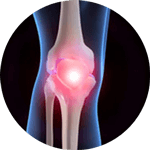
Is Prolotherapy Effective for Osgood-Schlatter Disease?
In this research article in the medical journal “Pediatrics”, the authors look at whether Prolotherapy can achieve faster results than the usual care for Osgood-Schlatter Disease in the adolescent.
Osgood-Schlatter Disease is a childhood repetitive use injury that causes a painful lump below the kneecap. It commonly affects children experiencing growth spurts and those who play sports in which they regularly run and jump are most at risk.
We are including the abstract here. But you can read the full article by clicking here.
Hyperosmolar Dextrose Injection for Recalcitrant Osgood-Schlatter Disease
Gastón Andrés Topol, Leandro Ariel Podesta, Kenneth Dean Reeves, Marcelo Francisco Raya, Bradley Dean Fullerton and Hung-wen Yeh
WHAT’S KNOWN ON THIS SUBJECT:
Osgood-Schlatter disease symptoms may wax and wane until maturity and affect sport confidence and participation periodically. Chronic sequelae may include anterior knee pain, kneeling discomfort, or sports limitation. Symptom reduction parallels resolution of patellar tendinopathy by MRI/ultrasound, although ossicles may persist radiographically.
WHAT THIS STUDY ADDS:
Small-needle injection of the patellar tendon enthesis/tibial apophysis with 12.5% dextrose was safe and well tolerated in adolescents with recalcitrant Osgood- Schlatter disease. Dextrose injection resulted in more rapid and frequent achievement of unaltered sport and asymptomatic sport than did usual care.
Abstract
OBJECTIVE: To examine the potential of dextrose injection versus lido- caine injection versus supervised usual care to reduce sport alteration and sport-related symptoms in adolescent athletes with Osgood- Schlatter disease.
PATIENTS AND METHODS: Girls aged 9 to 15 and boys aged 10 to 17 were randomly assigned to either therapist-supervised usual care or double-blind injection of 1% lidocaine solution with or without 12.5% dextrose. Injections were administered monthly for 3 months. All sub- jects were then offered dextrose injections monthly as needed. Unal- tered sport (Nirschl Pain Phase Scale 4) and asymptomatic sport (Nirschl Pain Phase Scale 0) were the threshold goals.
RESULTS: Sixty-five knees in 54 athletes were treated. Compared with usual care at 3 months, unaltered sport was more common in both dextrose-treated (21 of 21 vs 13 of 22; P .001) and lidocaine-treated (20 of 22 vs 13 of 22; P .034) knees, and asymptomatic sport was more frequent in dextrose-treated knees than either lidocaine-treated (14 of 21 vs 5 of 22; P .006) or usual-care–treated (14 of 21 vs 3 of 22; P .001) knees. At 1 year, asymptomatic sport was more common in dextrose-treated knees than knees treated with only lidocaine (32 of 38 vs6of13;P.024)oronlyusualcare(32of38vs2of14;P.0001).
CONCLUSIONS: Our results suggest superior symptom-reduction effi- cacy of injection therapy over usual care in the treatment of Osgood- Schlatter disease in adolescents. A significant component of the effect seems to be associated with the dextrose component of a dextrose/ lidocaine solution. Dextrose injection over the apophysis and patellar tendon origin was safe and well tolerated and resulted in more rapid and frequent achievement of unaltered sport and asymptomatic sport than usual care. Pediatrics 2011;128:e000
Schedule Your Appointment Today!







